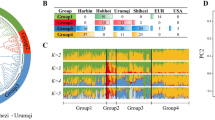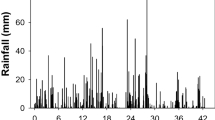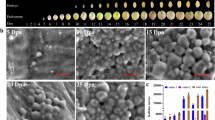Abstract
AT a recent meeting of the Sigma Xi Society of the University of Colorado Dr. W. W. Robbins, botanist to the Great Western Sugar Co., read a paper on beet-seed production. Dr. Robbins related that so early as 1909 Mr. Hans Mendelson, a German in the employ of the company, undertook to grow beet-seed in Montana. In those days all the seed was imported annually from Europe, principally from Germany, Austria-Hungary, and Russia. It was held by experts that the climate and other conditions would not permit the growing of the seed in America on a commercial scale. Mr. Mendelson thought otherwise, and stated that the time might come when it would be impossible to get European seed. So he continued his experiments on a small scale; and when the war came, and the supply of seed was actually cut off, he had developed his methods to such an extent that it was possible to save the industry. In 1916 the United States was able to produce 5,211,000 lb. of seed, and in 1917, 5,546,000 lb. Furthermore, experimental work had already determined the fact that American-grown seed gave a larger tonnage and a greater amount of sugar per acre than imported seed. From this time the policy of raising American seed will be continued.
This is a preview of subscription content, access via your institution
Access options
Subscribe to this journal
Receive 51 print issues and online access
$199.00 per year
only $3.90 per issue
Buy this article
- Purchase on SpringerLink
- Instant access to full article PDF
Prices may be subject to local taxes which are calculated during checkout
Similar content being viewed by others
Author information
Authors and Affiliations
Rights and permissions
About this article
Cite this article
COCKERELL, T. Sugar-beet Seed. Nature 104, 661 (1920). https://doi.org/10.1038/104661a0
Issue date:
DOI: https://doi.org/10.1038/104661a0



